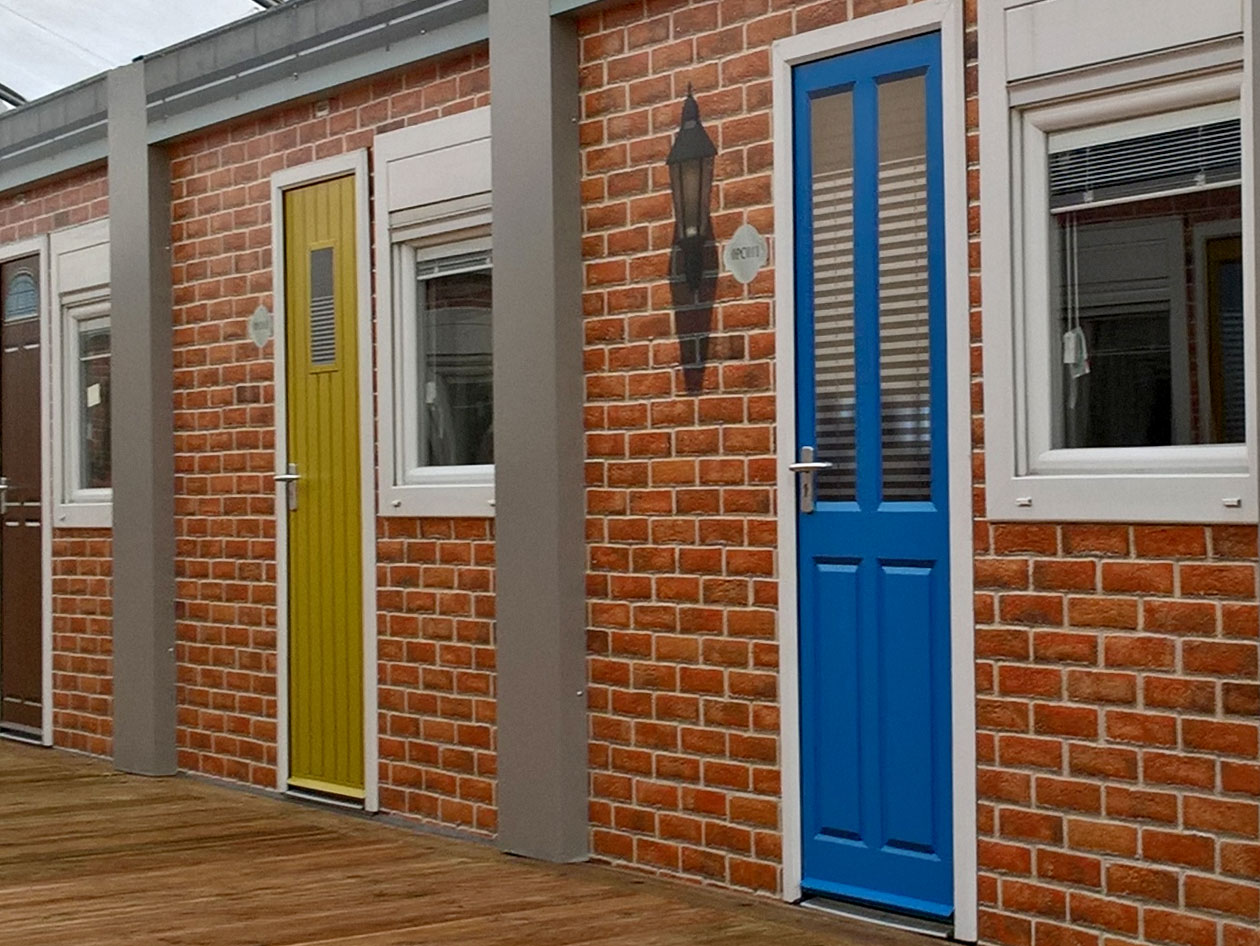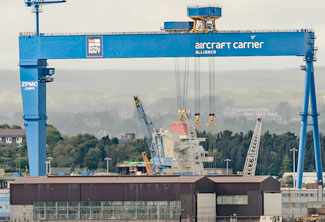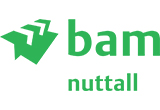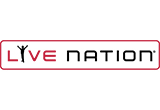HOW TO INCORPORATE PORTABLE ACCOMMODATION INTO YOUR SITE LAYOUT PLAN
A well-planned construction site doesn’t just happen - it’s the result of carefully considered design, clear communication and a layout that meets the practical needs of everyone involved. Portable accommodation plays a major role in that equation, especially for projects that run over extended periods or require teams to remain on site.
Modular units like Sleeper cabins, welfare units, portable office space and mess facilities bring flexibility, safety and comfort to your site. The key to success is knowing where and how to incorporate them into your site layout plan for maximum benefit.
WHY PORTABLE ACCOMMODATION BELONGS IN EVERY CONSTRUCTION SITE LAYOUT PLAN
When teams are working long hours or staying on site for days or weeks at a time, the need for accessible, reliable and comfortable accommodation becomes essential. Portable accommodation provides a quick-to-install solution that directly supports productivity, safety and morale.
Unlike permanent buildings, these units can be repositioned or removed without disrupting core operations. That flexibility makes them ideal for evolving sites where space, access and daily priorities may shift as the project progresses. Building accommodation into your initial layout makes sure there’s no compromise on welfare - and no last-minute scrambles when conditions change.
PLANNING SITE ACCOMMODATION AROUND A FUNCTIONAL SITE PLAN
A strong site plan starts with understanding your footprint: the boundaries, access routes, work areas and service zones. From there, you can define where accommodation units will sit in relation to key infrastructure.
Welfare cabins should be centrally located to reduce travel time across the site. Sleeper units require quieter areas where people can enjoy their personal space away from heavy traffic or noisy machinery. Office cabins benefit from proximity to entry points and clear visibility of operations.
Good placement helps workers move efficiently, access amenities easily and maintain safe distances between work zones, rest areas and changing facilities.
WHERE TO POSITION PORTABLE BUILDINGS ON YOUR CONSTRUCTION SITE
Portable buildings such as canteens, drying rooms and portable toilets should be placed where they’ll serve the most people with the least disruption. That often means near break zones, entry points or in sheltered areas where queues won’t form across busy walkways.
Wherever possible, units should be placed on level ground with good drainage, lighting and access to power. Planning for service vehicle access (for restocking or emptying) is just as important as thinking about foot traffic.
USING PORTABLE ACCOMMODATION TO SAVE SPACE
One of the key features of portable accommodation is its ability to adapt to a site’s constraints. Whether you're working with a tight urban footprint or a sprawling rural plot, modular units can be configured to fit available space.
Linked cabins and multi-function units allow you to house more people without expanding your site plan. For example, a single modular block might include sleeping quarters, showers and a break area - reducing the number of standalone units required.
SECURITY MEASURES FOR SITE ACCOMMODATION ZONES
Accommodation areas must meet the same security standards as the rest of the construction site. That means fencing, lighting and controlled access at minimum.
Lighting should be sufficient for early mornings and evenings, especially in winter months. CCTV or on-site monitoring may be appropriate for higher-risk locations or remote areas.
Where possible, separate accommodation zones from material storage or high-value equipment to avoid unnecessary foot traffic. This reduces risk and also improves safety and comfort for staff staying on site.
THE VALUE OF REGULAR MAINTENANCE FOR PORTABLE UNITS
Regular checks on portable accommodation help maintain standards and prevent avoidable issues. This includes structural inspections, electrical testing, water supply checks and hygiene management.
Particular attention should be paid to heating, ventilation and fire safety - especially for cabins used overnight or during colder months. Cleanliness also plays a role in worker morale, so make sure rest areas and welfare units are cleaned to a high standard throughout the project.
EXPERT TIPS FOR PLANNING PORTABLE ACCOMMODATION ON YOUR NEXT PROJECT
- Start early: build accommodation needs into your site plan from day one. Last-minute placements often compromise safety or comfort.
- Plan for flexibility: choose modular units that can be moved or adapted as site demands change, and make sure you have accounted for storage space.
- Allow for welfare integration: combine rest, hygiene and accommodation needs in one layout to reduce walking time and improve efficiency.
- Consult your teams: site managers, operatives and subcontractors can offer practical insights on what works in real-world conditions.
- Think beyond compliance: portable accommodation isn’t just about ticking boxes - it’s about giving your workforce the comfort and confidence to deliver their best work.
PLAN AHEAD FOR YOUR NEXT CONSTRUCTION PROJECT
In the construction industry, getting your layout right from day one makes all the difference to project delivery. If you're looking for adequate space, quality modular buildings and a portable cabin setup that supports safety, welfare and productivity, Bunkabin can help. We offer a straightforward hire process with reliable nationwide delivery. Explore our full range of modular buildings and portable units, or get in touch to speak with our team about planning your site accommodation.

















